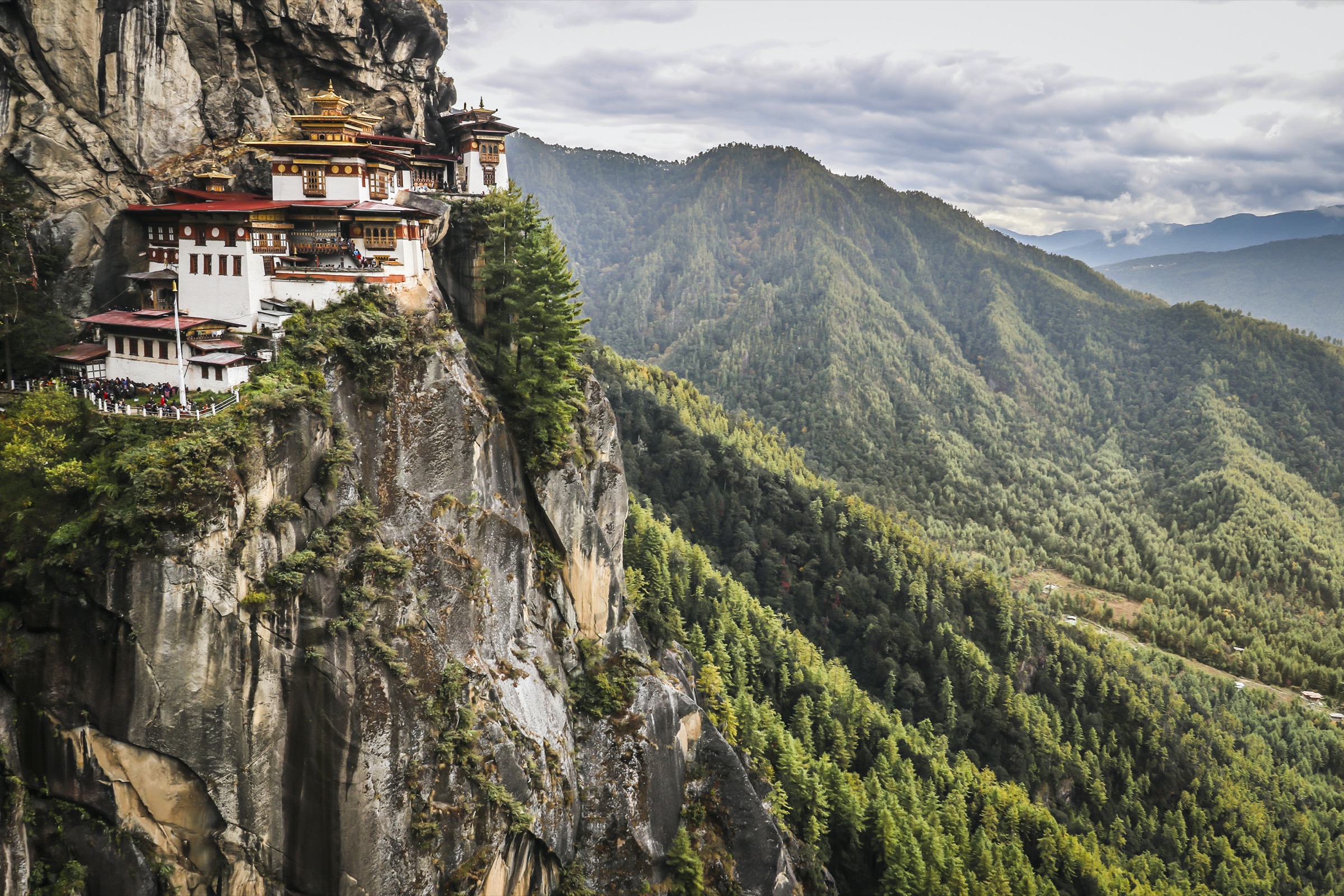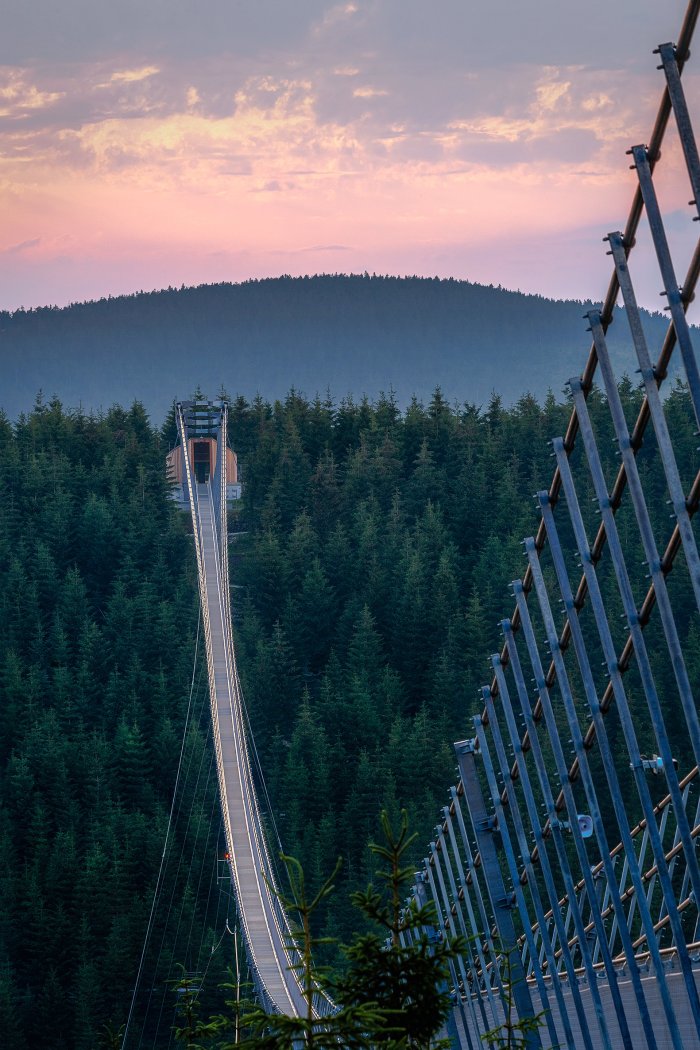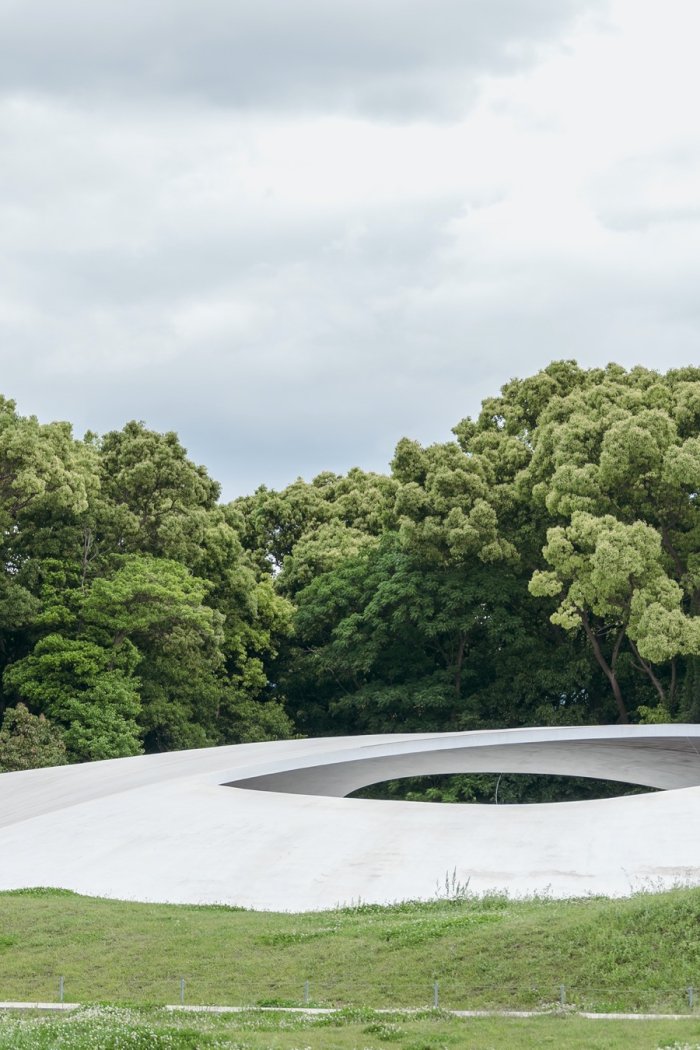After a 60-year hiatus, the Trans Bhutan Trail is set to finally reopen. Since the 16th century, when the 250-mile trek was the only way to travel across Bhutan, the trail has served as a pilgrimage route for Buddhists, running from Haa in the west to Trashigang in the east. Now it has been reimagined as an outdoor adventure through the world’s first carbon-negative country.
The Royal Government of Bhutan, Tourism Council of Bhutan, and Bhutan Canada Foundation combined forces to oversee the restoration of 18 major bridges, 10,000 stairs, and hundreds of miles of pathways. Intrepid travelers can hike, bike, and camp through the lush meadows and dense forests of nine dzongkhags (districts), 28 gewogs (local governments), two municipalities, parts of Phrumsengla National Park, and more than 400 historic sites. The route is peppered with museums and ancient fortresses, like Jakar Dzong and the Fortress of the White Bird, perched on a ridge above the historic Bumthang Valley. Tour company G Adventures is launching an 11-day camping experience that escorts trekkers along some of the most extraordinary parts of the trail, starting and ending in Paro, with a final breathtaking trek to Tiger’s Nest, the famous monastery embedded in a cliff wall.
A portion of the $200 minimum daily package charge paid to the government of Bhutan by international travelers visiting the trail is applied to sustainable development efforts, such as environmental conservation, social welfare, cultural promotion, and improving infrastructure.
- Cybersecurity Experts Are Sounding the Alarm on DOGE
- Meet the 2025 Women of the Year
- The Harsh Truth About Disability Inclusion
- Why Do More Young Adults Have Cancer?
- Colman Domingo Leads With Radical Love
- How to Get Better at Doing Things Alone
- Michelle Zauner Stares Down the Darkness





